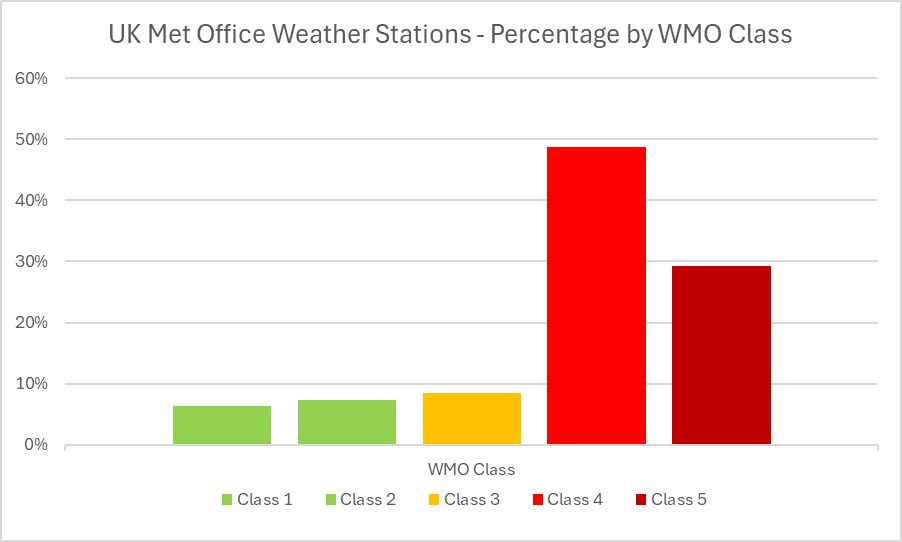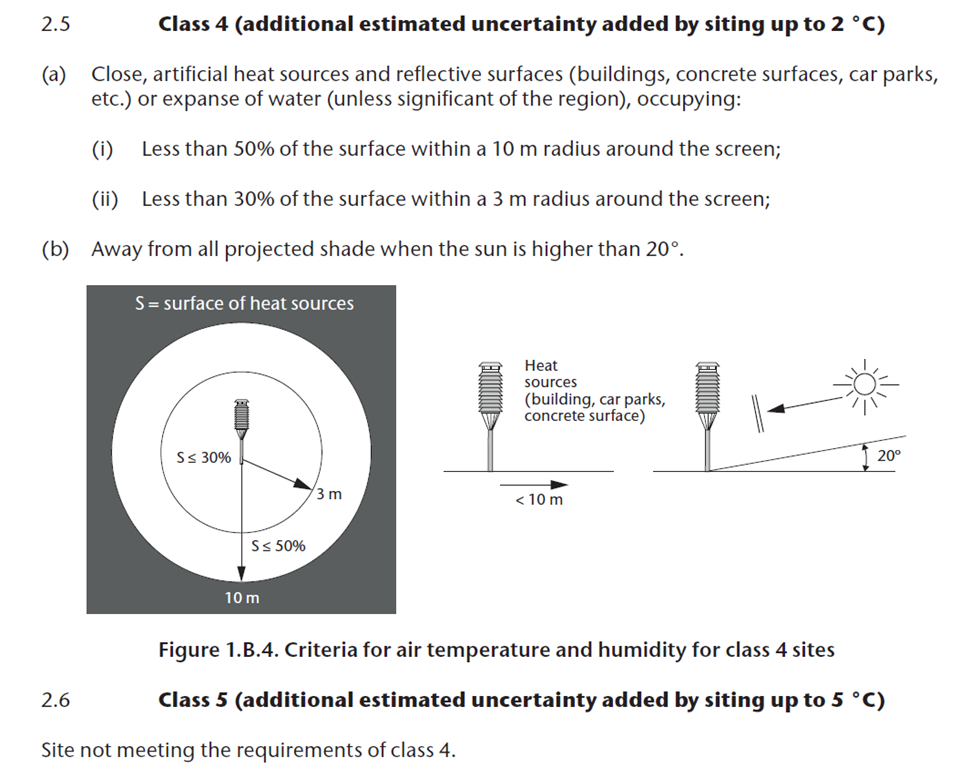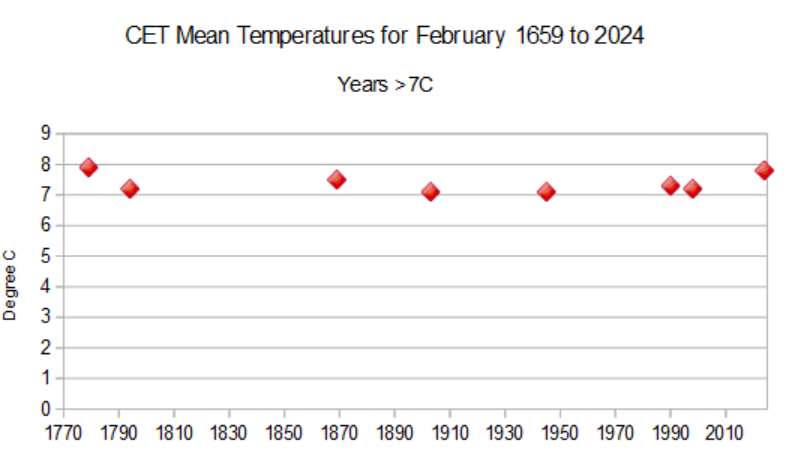EVERY year the BBC wheels out its latest version of the ‘starving polar bears’ scare. A couple of weeks ago they were at it again, with an article titled ‘Climate change: Polar bears face starvation threat as ice melts’. It claimed:
‘Some polar bears face starvation as the Arctic sea ice melts because they are unable to adapt their diets to living on land, scientists have found. The iconic Arctic species normally feed on ringed seals that they catch on ice floes offshore. But as the ice disappears in a warming world, many bears are spending greater amounts of time on shore, eating birds’ eggs, berries and grass. However the animals rapidly lose weight on land, increasing the risk of death.’
Polar bear numbers plummeted in the middle of the last century thanks to unsustainable hunting. Many legal protections were put in place which led to population recovery after 1980. What the BBC fails to tell readers is that the numbers have continued to grow ‘despite’ global warming. In 2005, the global population was estimated at between about 20,000 and 25,000, and this has now risen to 22,000 to 31,000.
Surveys constantly show that polar bears are healthy, far from the impression given by the BBC headline. Their report also fails to mention the fact that polar bears consume large amounts of fat during spring and early summer, which is more than enough to keep them going for several months, until they return to the ice in winter. It is estimated that they get two-thirds of their annual food intake between April and June.
Whatever food polar bears eat in the summer – whether they are on land or on the ice – doesn’t really matter. What matters is how many fat-rich seals they can consume between March and June each year. The fat put on in late winter/spring from gorging on baby seals carries polar bears over the summer.
Most of this fat comes from ringed seals, particularly pups which are born in March/April, and weaned in lairs in the ice for about six weeks. Both adults and pups are easy prey on the ice for polar bears. It follows then that lack of sea ice in summer is irrelevant in all of this, because the seals have already returned to the ocean long before then.
Indeed it is summer, referred to as the ‘open-water season’, when seals build up their blubber reserves. Longer ice-seasons mean less well-fed seals. Fatter seals mean fatter pups for bears to eat the following spring!
The simple fact is that there will always be plenty of sea ice in the Arctic during winter and spring, because there is little or no sunshine for most of the time. (Arctic sea ice extent typically hits its maximum in March.) There will therefore be no shortage of seals for bears to eat.
It is believed that polar bears evolved about a half a million years ago, and have thrived through all sorts of climatic changes, including the much warmer Holocene Optimum around 10,000 to 6,000 years ago. It is ludicrous to suppose that they are under threat now.
All these studies forecasting their doom emanate from an outfit called Polar Bears International (PBI), who are essentially no more than an activist group. It should come as no surprise that they celebrated International Polar Bear Day last week. The purpose of this day, according to their own blurb, is fundraising. What better way to earn a few million than publish another scare story two weeks beforehand with the help of an obliging media.
For more information on polar bear science, check out Dr Susan Crockford, a leading expert on Arctic mammals, who refuses to kowtow to the PBI’s political agenda.
Met Office’s temperature network is mostly junk
MANY of you will be aware that I have long complained about the Met Office’s use of poorly sited weather stations. Temperatures recorded next to the tarmac at Heathrow, near main roads or in built-up areas clearly should not be used for scientific purposes.
But the situation is much, much worse than even I guessed. The Daily Sceptic has revealed that, following an FOI, the Met Office have admitted that nearly eight out of ten of their official temperature measuring weather stations are rated on the World Meteorological Organisation (WMO) scale as either Class 5 or 4 – that is junk or near junk status.
Courtesy of the Daily Sceptic

The WMO have five classifications, with Class 1 as top quality.
As the diagram below illustrates, if the thermometer is close to an artificial heat source, such as buildings, concrete surfaces, car parks or vegetation more than 10ins high, temperatures can be artificially raised by 2C, and as much as 5C for Class 5s.
Plainly any temperatures recorded at sites like these should not be used for any scientific purpose, nor for promoting ‘record temperature’ propaganda.
Yet this is exactly what the Met Office do. A few weeks ago they declared a UK record temperature for January, at a place called Achfary in the north of Scotland. Guess what? It is a Class 5 site, yards from a bungalow.
And those 40C temperatures two summers ago? Two came from Heathrow and RAF Coningsby, while another was in London at St James’s Park, another Class 5.
Cambridge Botanical Gardens previously held the UK record, and, you’ve guessed it, it’s also a Class 5 junk status site.
Even Class 3 sites are not regarded as accurate, with estimated uncertainty of 1C. This means that only 13 per cent of the Met Office’s official weather stations are fit for purpose. Most of the rest are almost certainly recording artificially high temperatures. Yet the Met Office still claims that it can calculate UK temperatures to a hundredth of a degree.
In no other field of science would it be acceptable to use such flawed data. So why should the Met Office be allowed to?

World Meteorological Organisation Classifications
Hottest February?
ON A similar theme, it has been widely reported that England has just had its warmest February on record. This claim originated from the Met Office, and is based on their dataset which goes back to 1884.
However, as they know full well, they have another dataset which goes back much further to 1659, the Central England Temperature Series. And that shows definitively that last month was not a record at all, as it was hotter in February 1779, 7.9C v 7.8C.
Why did the Met Office not mention that fact? That it was warmer 245 years ago rather makes a nonsense of the claim that one month’s mild weather has anything to do with ‘climate’.
Although February 2024 was still the second warmest, the distribution of warmest Februarys shows no pattern at all – they are well distributed, and certainly do not support any correlation with global warming.

https://www.metoffice.gov.uk/hadobs/hadcet/data/meantemp_monthly_totals.txt
Of course, as we now know, the Met Office cannot possibly know national temperatures to a tenth of a degree. Given the assortment of junk sites where they record temperatures, their numbers could be a whole degree out. If that’s the case, last month would not have even made it into the top 20!

